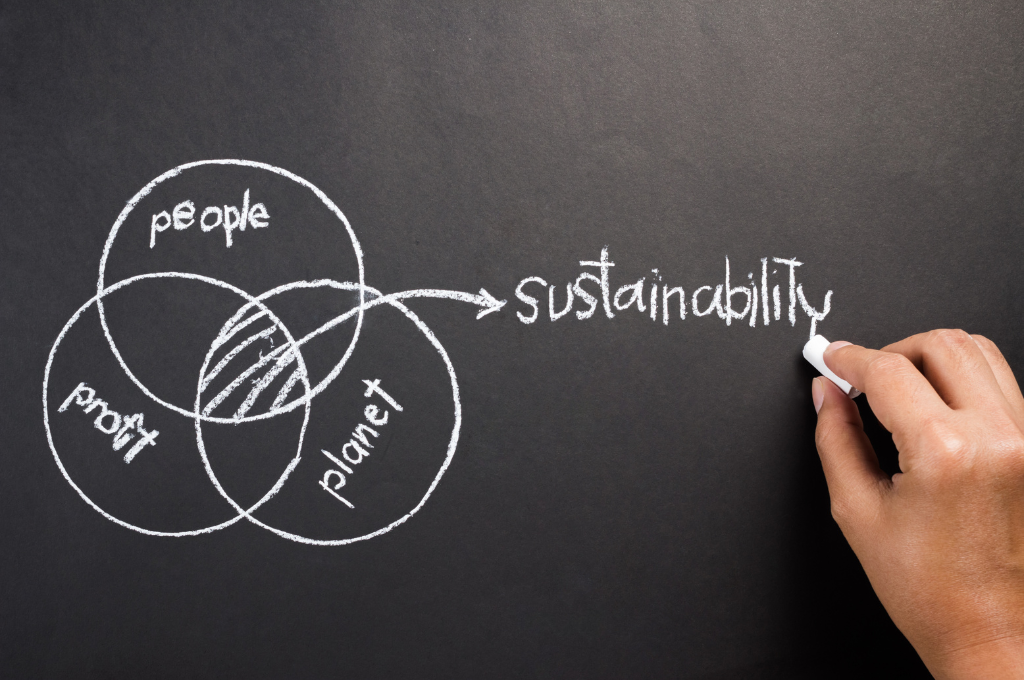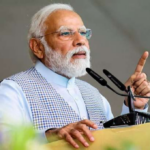Ah, sustainable fashion, the buzzword that’s taken the world by storm, where brands are clamoring to be the poster child of eco-consciousness. But the question remains, is sustainable fashion elitist or just another ploy to make us feel good about our shopping habits while padding corporate pockets? Let’s dive into this complex, controversial question and the sarcasm-laden world of greenwashing.
Some argue that sustainable fashion is as elitist as a country club membership, with its hefty price tags and an aesthetic that screams, “Look at me, I’m saving the world, one hemp blouse at a time.” The critics are quick to point out that not everyone can afford these luxuries, leaving the masses to rely on fast fashion. And of course, any attempt to criticize the industry is met with accusations of classism or shaming the poor consumer who just needs affordable clothes, right?
As a matter of fact, according to a McKinsey report, 90% of the fashion industry’s executives believe that sustainability is essential, but only 60% of them are integrating it into their businesses. So, the price tag of sustainable fashion isn’t just a matter of perception; it’s a reflection of an industry that talks the talk but struggles to walk the walk.
Also Read: The TikTok Fashion Revolution: How the App is Shaping the Industry
On the flip side, there are those who stand on their soapboxes, claiming that sustainable fashion is a necessity for the planet and the people who make our clothes. They’re quick to remind us that exploitation and pollution exist at every price point and that luxury brands aren’t necessarily the green knights in shining armor they claim to be.
According to the Environmental Protection Agency, the fashion industry is responsible for 10% of global carbon emissions and 20% of the world’s water pollution. And let’s not forget the 21 billion tons of textiles that end up in landfills annually. So, while the sustainable fashion movement might have noble intentions, the industry as a whole has a long way to go before it can claim the moral high ground.
Sustainable fashion advocates suggest that the eco-friendly route can be more accessible and affordable by buying less but better (as if that were a novel concept), shopping secondhand, or supporting ethical and transparent brands. But isn’t it convenient how these suggestions still lead us back to the cash register?
For example, a study by the Ellen MacArthur Foundation found that the average number of times a garment is worn has decreased by 36% in the last 15 years, resulting in a surge of clothing consumption. So, while “buying less but better” might sound appealing, the data suggests that our appetite for new clothes isn’t waning anytime soon.
In this whirlwind of contradictions, one might say that sustainable fashion isn’t inherently elitist, but it sure does a fantastic job of appearing that way when it excludes or alienates consumers who can’t afford to jump on the bandwagon. To truly address the systemic issues driving unsustainable production and consumption, we need more than clever marketing campaigns and a pat on the back for our “conscious” purchases.
A report by the Sustainable Apparel Coalition revealed that only 7% of the 6,000+ surveyed facilities met or exceeded the required sustainability performance targets. It’s clear that there’s a significant gap between the industry’s sustainability rhetoric and its actual progress.
Perhaps it’s time for governments, businesses, civil society, and consumers to come together and address the elephant in the room. But in the meantime, we’ll just keep sipping our fair-trade lattes and pretending that our eco-friendly tote bags are saving the world.
Also Read: Sustainable Fashion vs. Fast Fashion: The Impact on People and the Planet
Consider the rise of “sustainability-themed” capsule collections, where big-name brands release a limited range of eco-conscious items while continuing to produce the bulk of their products using the same old environmentally harmful methods. This begs the question: are these collections genuine attempts at change or just a marketing ploy to make us feel better about supporting companies that still prioritize profit over the planet?
Data from the Global Fashion Agenda shows that the fashion industry’s overall sustainability score is a measly 37 out of 100. With such a dismal performance, it’s no wonder that consumers are growing increasingly skeptical of brands that tout their eco-friendly credentials.
It’s also worth noting that the push for sustainability is often centered around individual consumer choices rather than collective action or systemic change. While it’s true that our purchasing decisions can have an impact, it’s essential to recognize the limits of consumer activism in the face of an industry that’s built on the exploitation of people and natural resources.
And let’s not forget the notorious greenwashing tactics employed by some brands to make their products seem more eco-friendly than they actually are. A study by the Changing Markets Foundation found that 50% of products labeled as sustainable in the fashion industry were potentially misleading or overstated their environmental benefits. So, not only is the average consumer left wondering if sustainable fashion is for the elite, but they’re also left questioning the authenticity of the very products that claim to be planet-friendly.
Moreover, the Higg Index, a tool that measures the sustainability performance of apparel and footwear products, reports that only 28% of the assessed brands and retailers have set targets to increase their use of sustainable materials. This highlights the disconnect between what the industry preaches and what it’s willing to commit to in terms of tangible change.
As we continue to navigate the murky waters of sustainable fashion, we must recognize that it’s not just about making eco-friendly choices at the cash register. We need to demand transparency, accountability, and a genuine commitment to change from the industry itself.
In conclusion, while sustainable fashion may not be inherently elitist, it’s certainly tangled up in a web of marketing gimmicks, greenwashing, and an industry that’s more focused on maintaining the status quo than making meaningful change. Until the fashion world is ready to confront its dirty secrets and embrace a truly sustainable future, it seems we’ll be left to ponder whether our eco-conscious purchases are making a difference or simply feeding into another corporate scheme.
As we move forward, it’s crucial that we don’t fall for the shiny veneer of sustainable fashion without questioning the industry’s intentions and practices. Only through a combination of individual action and collective pressure can we hope to transform the fashion world into one that’s genuinely committed to protecting people and the planet.
















